9 Best Frameworks for Web Development in 2023
Each year, the landscape of web development frameworks changes: some frameworks grow in popularity thanks to new possibilities; others lose community members or experience stagnation. In this article, we’ll talk about frameworks for frontend and backend web development that will likely remain popular in 2023.
Frameworks are big sets of ready solutions that can be customized by developers. They have components that developers can use and change to easily implement common features. Basically, a framework is a platform that connects the backend with the frontend and processes requests according to your website’s business logic.
Frameworks are connected to programming languages. Usually, a programming language has one or several native frameworks, as well as additional third-party frameworks and libraries. Let’s begin with the five most popular programming languages, then talk about the most popular web frameworks for them.
Top 5 web programming languages
Currently, there are around 15 popular programming languages, some more popular than others. Some are new and modern, others old but proven. Some are slowly losing popularity, while others continue to grow. Stack Overflow conducts the biggest Annual Developer Survey to determine the popularity of programming languages.
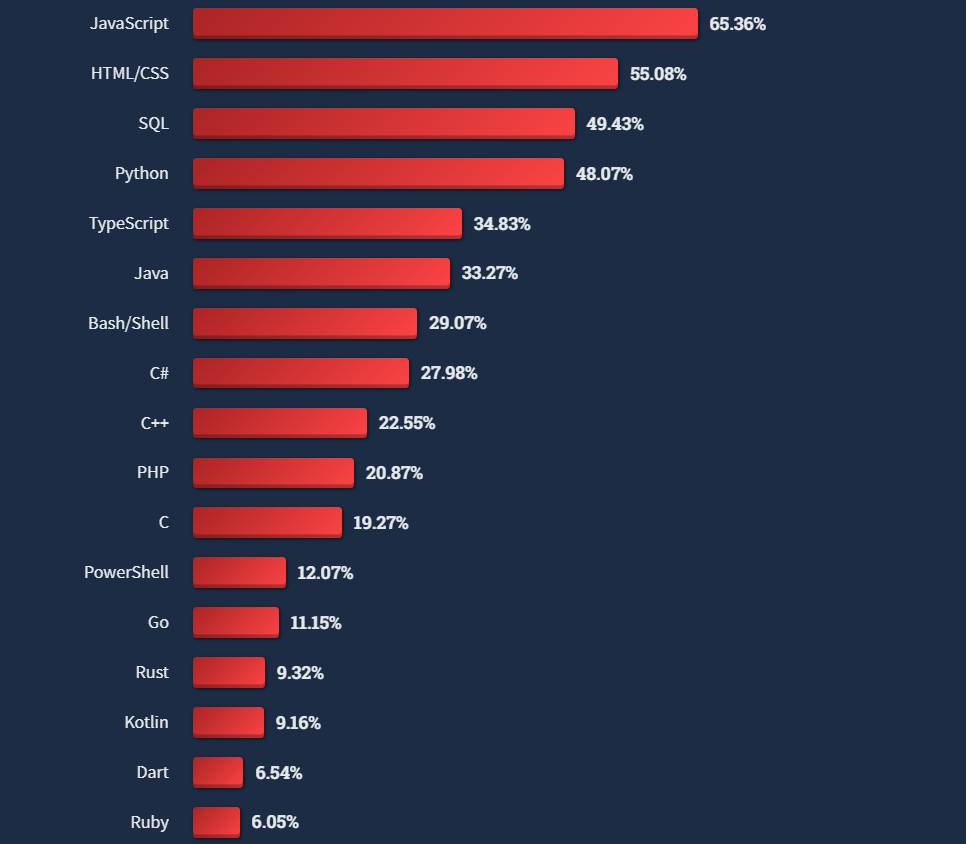
While taking this survey into consideration, I’ll also be using my experience as a developer to bring my own list. Here’s my personal top five.
JavaScript
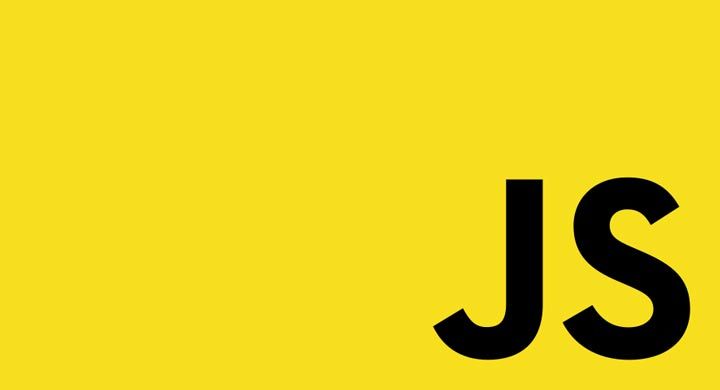
Though JavaScript keeps leadership for many years, it’s still the most popular and widespread programming language in the world. Some developers criticize it for being too complex (due to asynchronicity) and for being hard to support, especially since JavaScript code may behave differently depending on the browser that runs it.
However, JavaScript is a versatile, fast language that has a large community. Due to this, it’s easy to find libraries and frameworks for practically anything you may need. Another big asset of JavaScript is that the backend and frontend are united, so one team can support both without any problems.
PHP
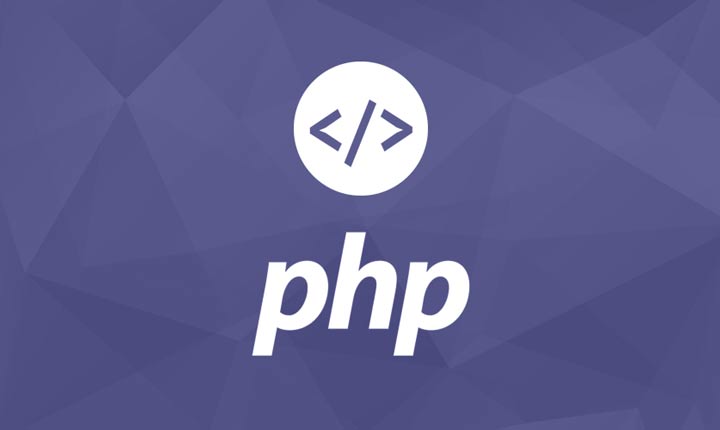
The popularity of PHP has slightly declined compared to the 2021 year according to Stack Overflow, but this programming language is still popular among tens of thousands of developers. PHP has been around for a long time, but only in the last 5 to 7 years has it become really awesome and mature.
PHP is rather simple to use, and it allows you to build secure backends and build them fast. It offers lots of frameworks and libraries for fast development according to several architectural patterns. The MVC (Model–View–Controller) pattern is used the most often.
The low entry barrier is an advantage and a disadvantage at the same time: it’s sometimes difficult to find a senior PHP developer
PHP is also easy to maintain: almost all its frameworks have objects as their main components, and the built-in autotests help developers easily find and fix bugs.
The low entry barrier is an advantage and a disadvantage at the same time. On the one hand, PHP is relatively easy to learn, and the huge community helps a lot. On the other hand, it’s sometimes difficult to find a senior PHP developer who’s able to create secure and reliable web software.
Ruby
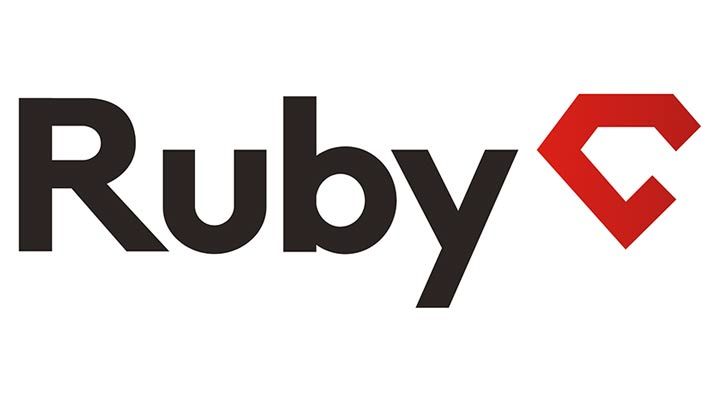
Ruby used to be a big thing up until 2012, but then its development began to slow. While its popularity has been declining a bit each year, Ruby is still rather big. Its main advantage is being simple and straightforward. It also has a huge base of ready solutions.
As Ruby appeared later than other languages on this list so far, it took the best practices from previous languages and also fixed some of their mistakes. Unlike PHP, Ruby offers different paradigms you can choose from according to your project. It can be object-oriented or functional.
However, Ruby is considered to be slower, and sometimes its syntax can become too complex. As the community fades, there are fewer answers, fewer materials, and fewer channels for support. There are still enough resources to build a good and reliable product, though.
Python
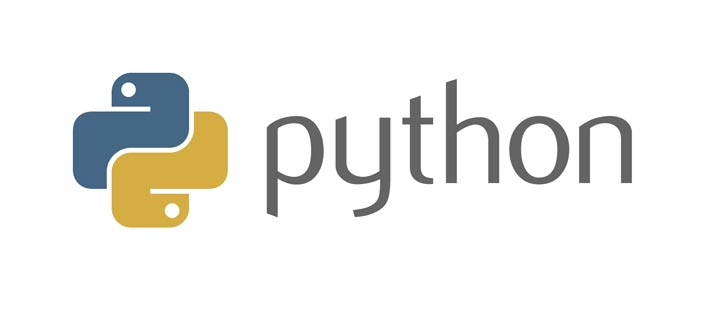
Python became popular not so long ago, and it continues to grow rapidly. Unlike other languages I’ve already mentioned, Python has actually experienced growth for several years and in 2023 this growth is likely to continue.
Python is elegant, simple, and easy to learn. Additionally, this language offers easy asynchronous coding and opens lots of possibilities for machine learning and artificial intelligence. Machine learning is its killer feature, and Python is often used for complex projects that require complex calculations.
On the other hand, Python is memory greedy and lacks multiprocessing capabilities, and the community still doesn’t have a sufficient number of senior developers. This affects both newcomers who require mentorship and business owners who may struggle to find and hire a skilled, experienced Python developer.
Java
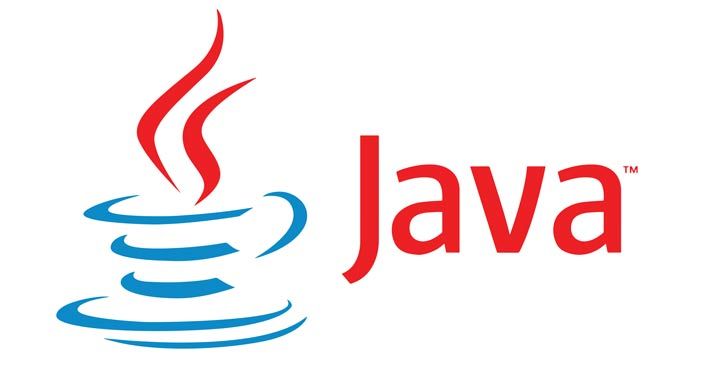
According to the Developer Survey by Stack Overflow, Java has gained a bit of popularity since the 2021 year and is still one of the most widespread programming languages in the world. Java is simple to learn, and its object-oriented paradigm allows for reusable code and fast programming of standard elements.
The biggest advantage of Java is its multithreading capabilities. This makes Java very productive and suitable for complex projects that have lots of features, complex business logic, and many users. But these enterprise-oriented capabilities come at a price: Java is a memory-consuming language.
On the upside, the Java community is huge, so if you’re a business owner, it won’t be hard to find a good Java developer.
Now that we’ve discussed programming languages, let’s see what their frameworks have to offer. Though a programming language itself is very important, it’s the framework that makes it possible to implement different features and link the frontend with the backend.
Best web development frameworks
Node
Github stars: ~65k
Node is a backend micro-framework that has basic features for working with web servers, from detecting URLs to managing events. With Node, you can form loops and threads as well as pack your data in the JavaScript runtime environment.
Nest.js
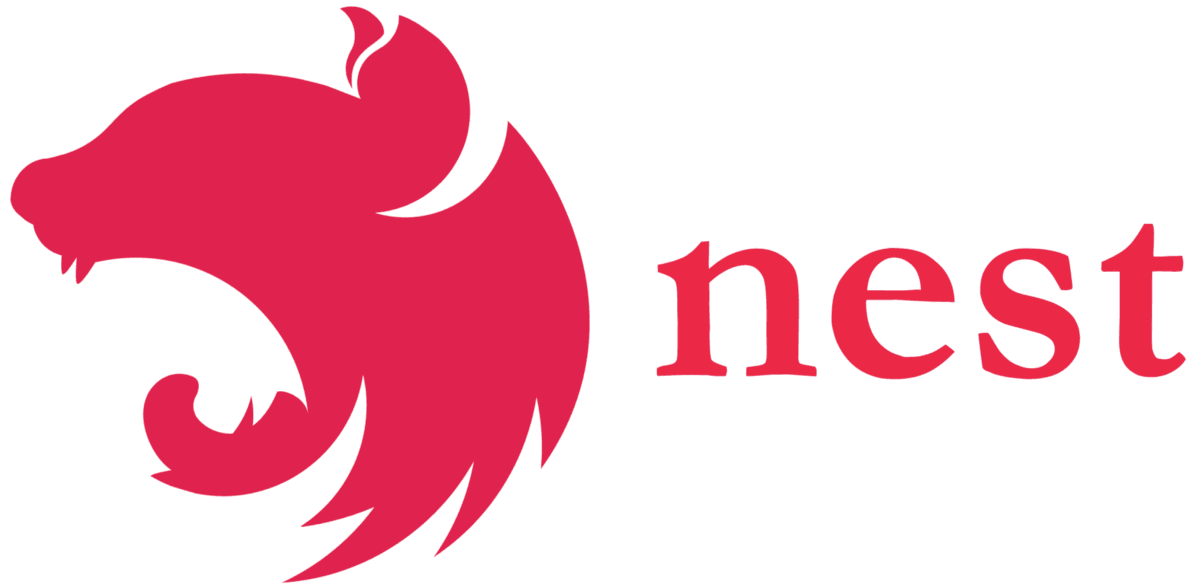
Github stars: ~20k
Nest.js was the first enterprise framework for JavaScript. It has a well-developed architecture and clear, detailed documentation with lots of guides. Nest.js has lots of out-of-the-box solutions that minimize development time.
The biggest advantage of Nest.js is its official technical support. You can pay Nest.js developers to consult you on any question. They can analyze your system, tell you the best way to implement the features you want, and even guide your staff through the framework.
Symfony
Github stars: ~22k
Symfony is called by many developers the most mature and reliable framework out there. Its flexibility, reliability, and easy testing make it beloved among many programmers.
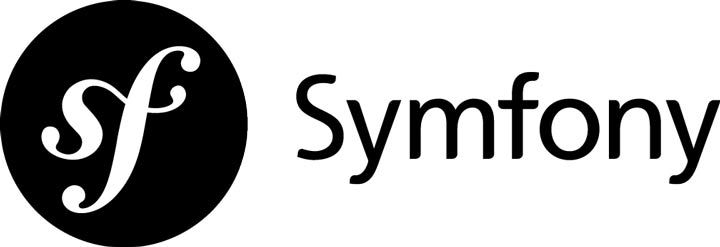
Symfony has a big set of ready solutions for all kinds of features, and it’s easy to get familiar with them due to well-structured and detailed documentation.
The two biggest technical advantages of the Symfony framework are its bundles and components. They allow developers to reuse code and reduce development time. Bundles work like plugins you can use anywhere, and components are basically ready modules that help developers avoid repeated tasks.
Symfony is called by many developers the most mature and reliable framework out there
Another great feature of Symfony is its profiler, which has a debug panel. This panel provides visual information about everything that’s happening on the backend, from incoming requests and the controllers responsible for them to the number of milliseconds needed to process these requests.
The disadvantage of Symfony is its performance; many developers complain that it’s slow when it comes to products with high load.
Laravel
Github stars: ~56k
Laravel is another open-source PHP framework that’s a worthy competitor of Symfony. It’s two years younger than its counterpart, but has already gained immense popularity. It’s easy to learn and fast to develop on, which makes Laravel the favorite framework of thousands of PHP developers.
Laravel is built from Symfony components, but its logic is completely different. The choice between Symfony and Laravel is usually a personal preference; however, there are substantive differences.
Laravel has a larger community, as its creators make their own products and invest in marketing. This framework also has its own built-in admin panel. Basically, it’s newer and keeps the latest development trends in mind, which is why many businesses are currently switching to Laravel.
Ruby on Rails
Github stars: ~44k
Ruby on Rails is a big framework, probably the biggest on our list. It has tons of ready solutions that allow developers to build everything from single-page websites to complex enterprise solutions.
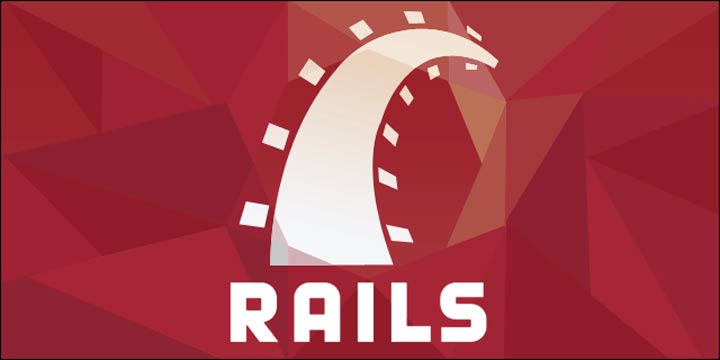
Ruby on Rails is fast to develop on because of its ready solutions and high standards that allow developers to know exactly what to do in all kinds of situations. However, while Ruby on Rails is based on the MVC architecture, all the website’s components are closely connected. This means that if developers make some mistakes at the initial stage of the project, they may lead to issues that are hard to fix.
Ruby on Rails is great for MVPs for which time-to-market is the priority, as this framework provides fast development with minimum work. However, if you need to create a complex product to meet specific business goals, Ruby on Rails may not be the best option.
Django
Github stars: ~45k
Django is similar to Ruby on Rails in terms of its maturity. It also has lots of ready solutions with detailed documentation, which makes it easy to learn.
The main advantages of Django are the ability to reuse code and its built-in features. Django is great to integrate with different databases like PostgreSQL and MySQL.
While you still can successfully use Django as your Python framework, be wary of its architectural suggestions
Django used to be the best web framework for Python, but in my opinion, it’s already somewhat outdated: its architectural approaches are old, and few developers actually use them anymore.
While you still can successfully use Django as your Python framework, be wary of its architectural suggestions. I usually use other approaches, but I still enjoy the variety of out-of-the-box solutions Django provides.
Flask
Github stars: ~47k
Flask is a microframework and a great option if you don’t need all the features Django provides for your small project. Flask is easy to learn and allows you to build small products with elegant code and simple functionality. It’s also fast, and despite its small size, you can easily extend it.
Flask is the best web application framework for prototyping, as it’s easy to code, and many developers use it to quickly get their app running. However, this comes at a price: Flask’s functionality is limited, as is its documentation. And building asynchronous projects on Flask isn’t the best idea.
Spring
Github stars: ~33k
Spring is designed for complex, high-load enterprise products. It has lots of components and configurations that allow developers to create software easily.
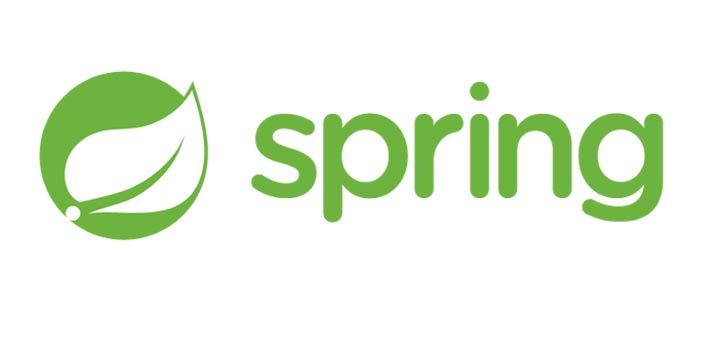
Spring allows you to unite your web code with native languages like Kotlin when working on a mobile application, so it’s suitable for both mobile and web development. Spring makes your code easy to test while supporting both traditional databases like RDBMS and new ones like NoSQL.
Its downside, though, is that Spring isn’t that easy to learn, and because it’s evolving quickly, developers need to constantly keep up.
Grails
Github stars: ~2.4k
Grails is a dynamic framework that uses the Java Virtual Machine to allow you to start writing code right away with the help of over 900 plugins. Grails supports asynchronous programming and allows developers to use domain-specific languages.
If you choose Grails as your framework, be ready to use the Runtime language: without it, you won’t be able to use Grails
This framework is suitable for projects of any scale, from small prototypes to large enterprise solutions. You can quickly expand your project at any time with the help of thorough documentation. Setup is also quick: you’ll need only 1 to 2 hours to get ready to work with Grails.
But if you choose Grails as your framework, be ready to use the Runtime language: without it, you won’t be able to use Grails.
jQuery
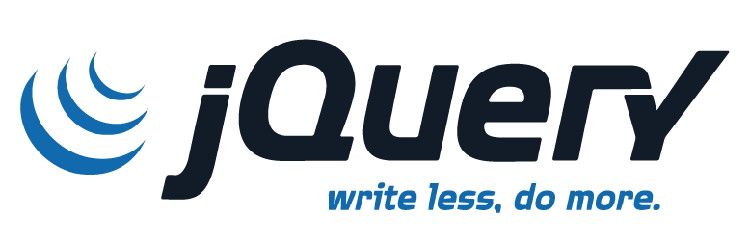
This is a fast JavaScript library that has lots of features despite being lightweight. It’s mostly used to manipulate HTML documents, handle events and animations, and manage Ajax through an API that works in most browsers.
React.js
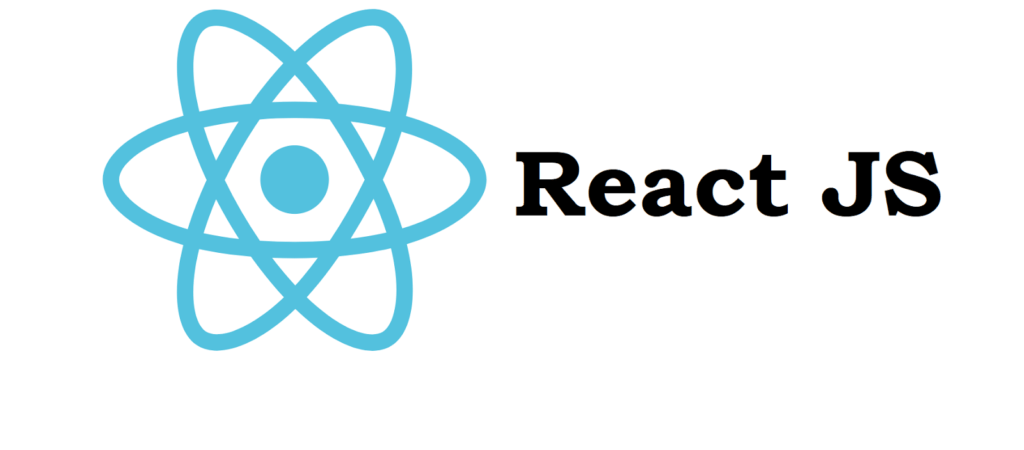
React. js is also a JavaScript library for designign user interfaces. React.js works especially well for single-page apps for both web and mobile platforms. This library helps developers to handle a view layer of an app, and allows creating reusable UI components.
Which framework should you choose?
It’s impossible to determine the best framework for web development, as they’re created for different purposes. Your choice of framework should depend on several factors that include:
- The size and complexity of your project
- Your plans for scaling your business
- Your development team’s technology stack
- The framework’s possibilities
- The framework’s community and support
When you ask a web developer to help you meet a business need, your developer should consider all these factors to recommend the perfect framework for you. My personal favorites are:
- Symfony
- Nest.js
- Laravel
- Grails
These frameworks will work great for projects of practically any size. They’re modern, have great communities, and are constantly updated.
If you need a large enterprise solution, these are the best options for you:
- Spring
- Nest.js
- Ruby on Rails
If you need something small, effective and quick for your prototype, the best MVC framework is Flask.
To make sure a framework will work for your business, you should not only think of its technical capabilities but also consider its further support: think about how easy it will be for you to hire another developer for this framework. The more popular the technology, the easier it will be to scale your team.
If you have any questions about choosing the perfect web development framework for your business, don’t hesitate to contact Mobindustry. We’re a full-cycle development company with a business mindset.

